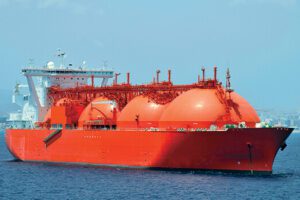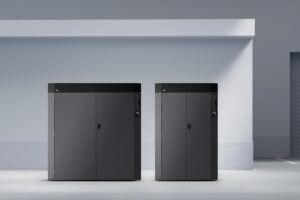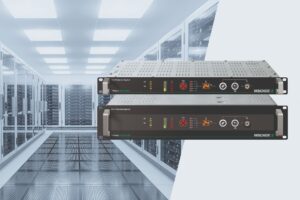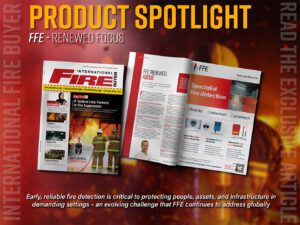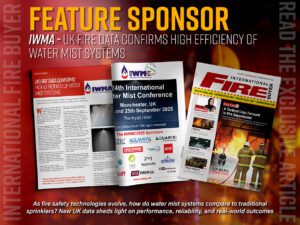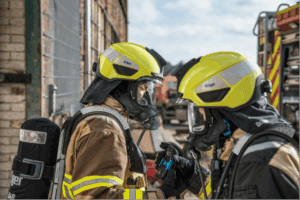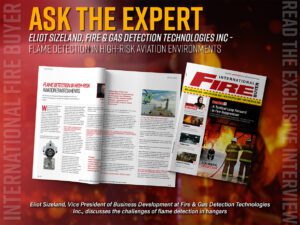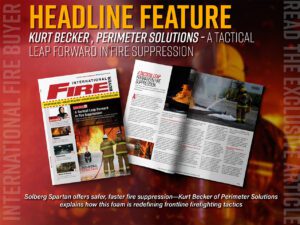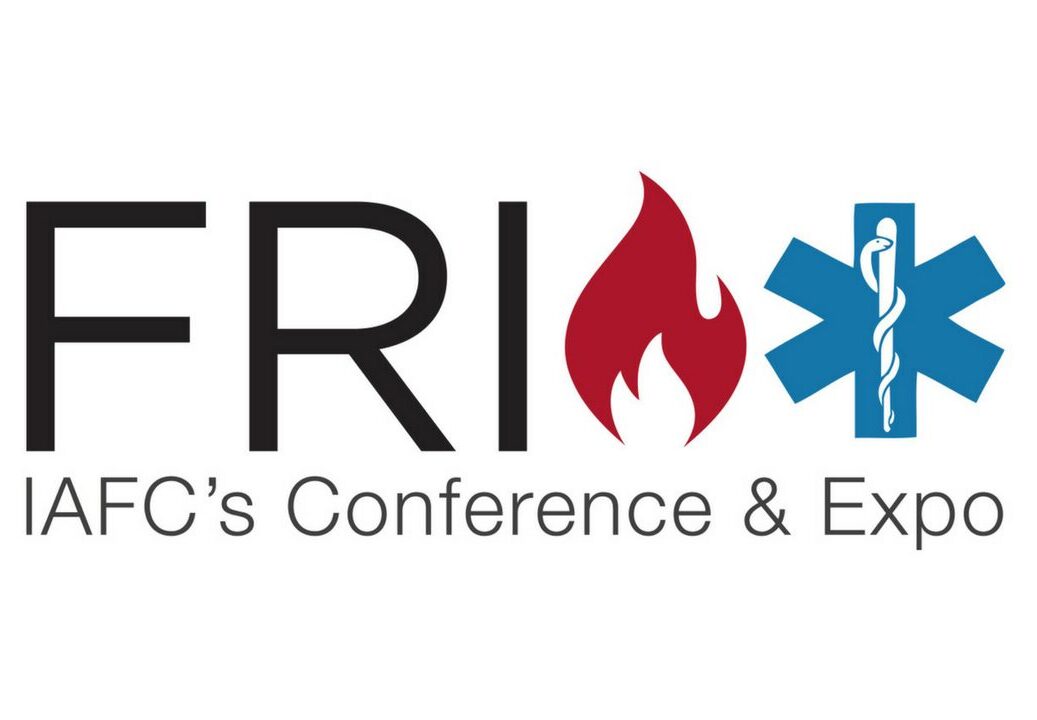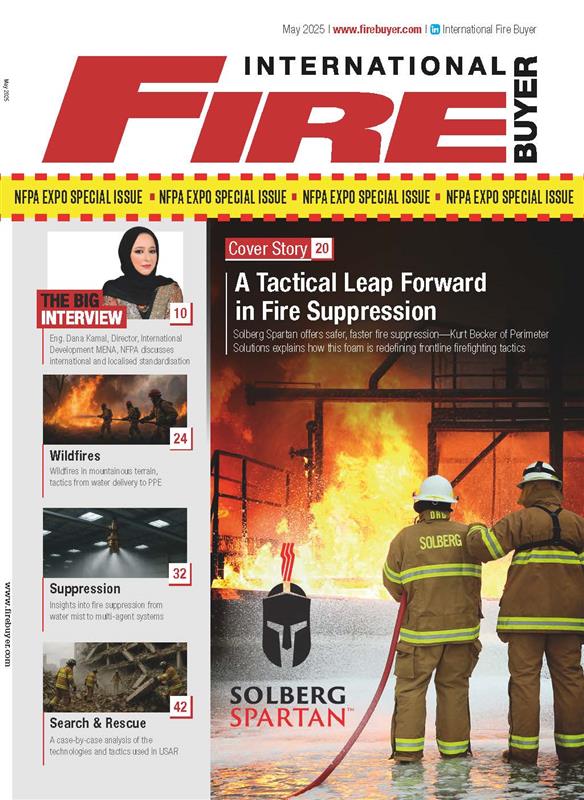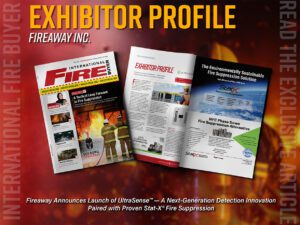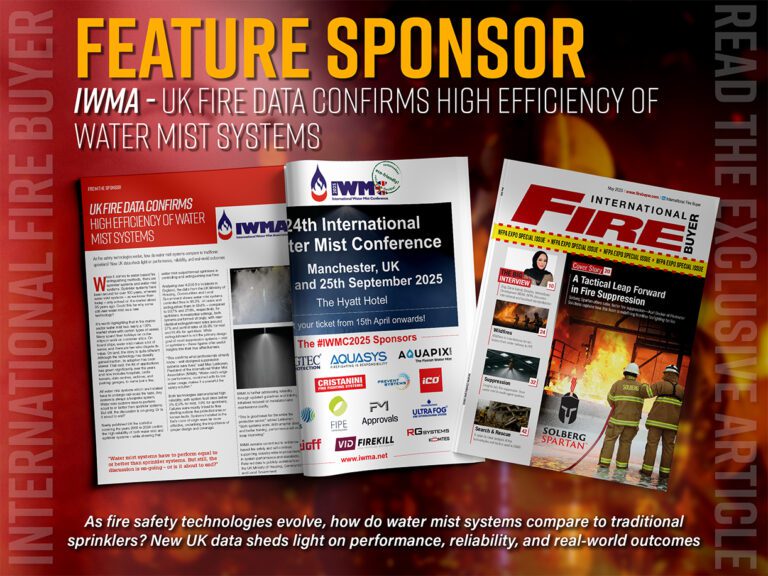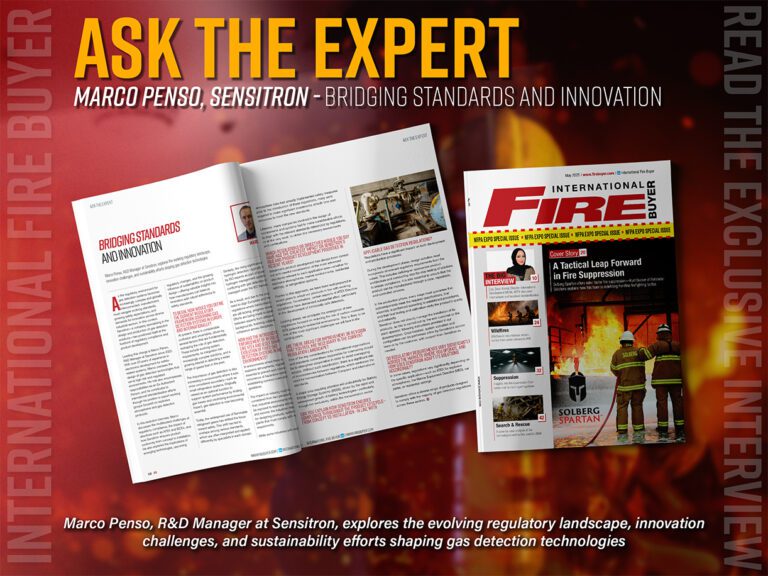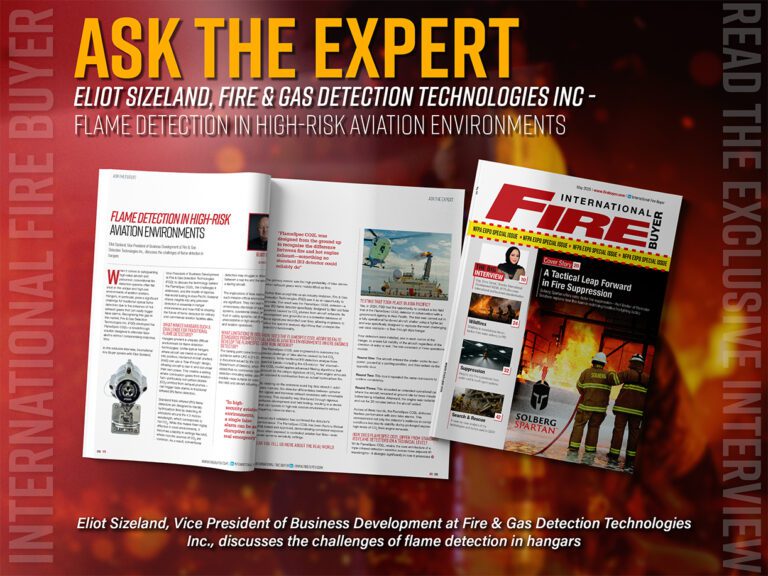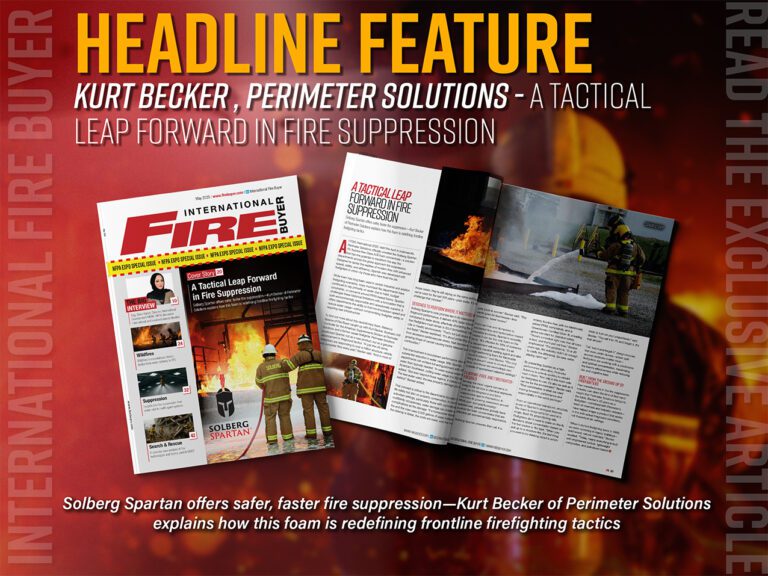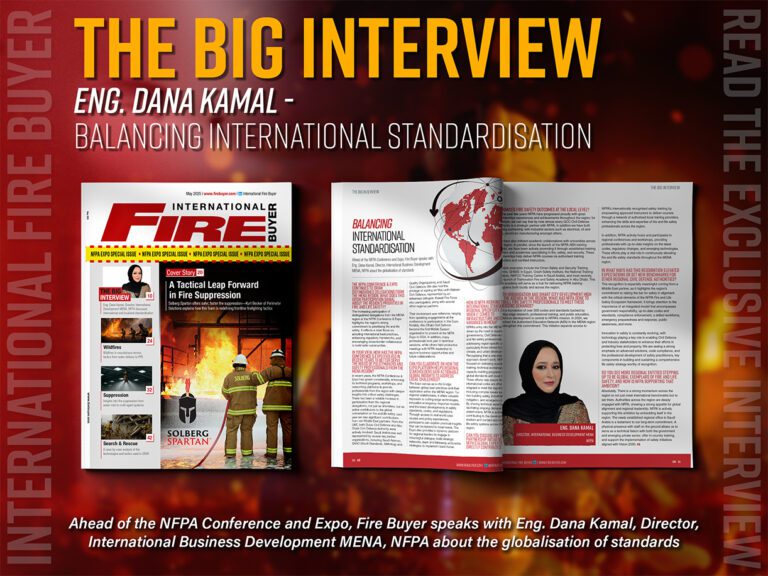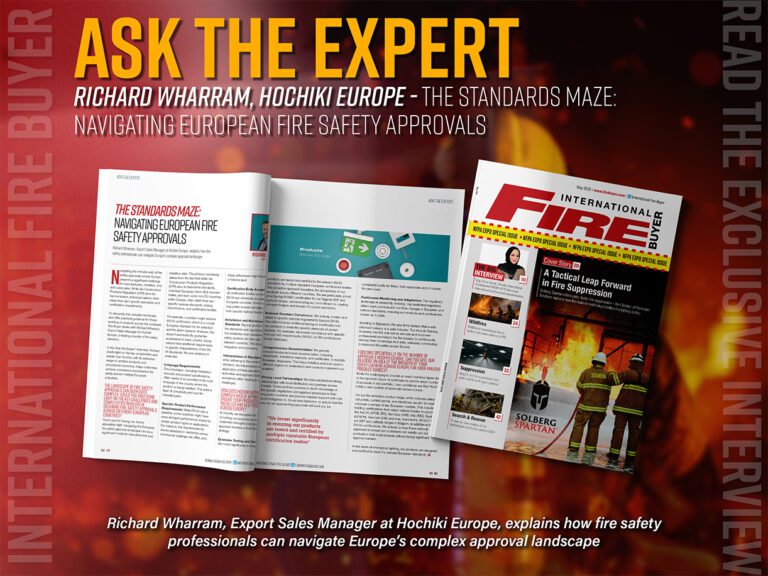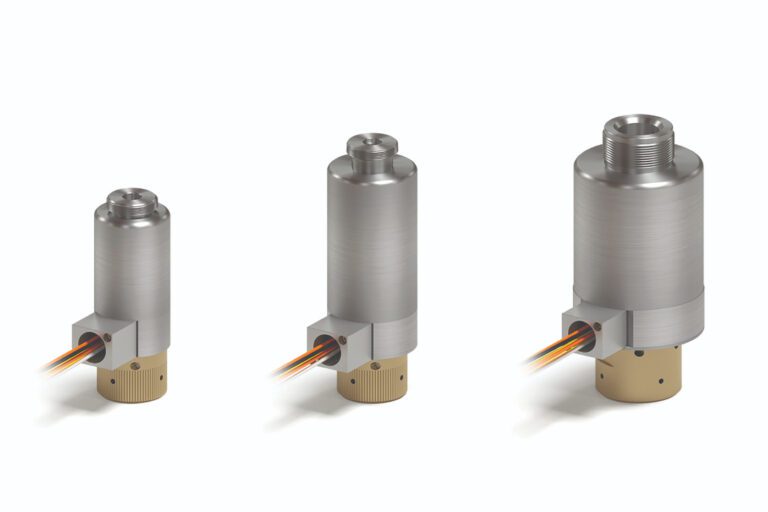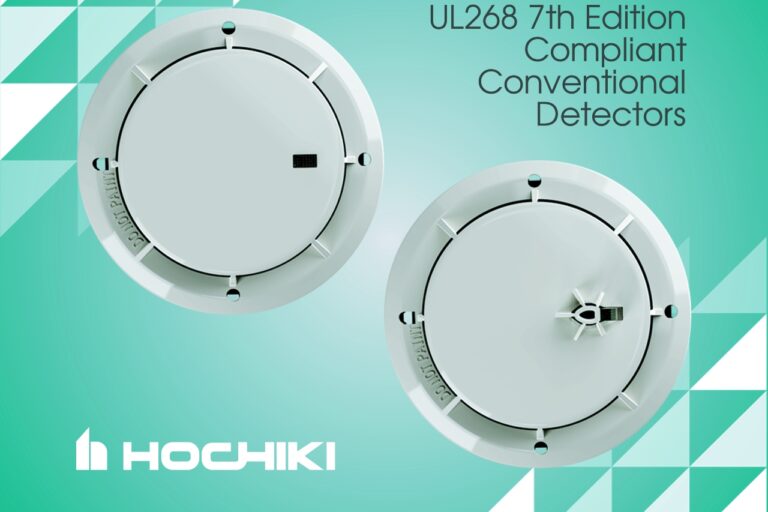Leader identifies how search and rescue teams find survivors after earthquakes and what equipment is best used to aid rescue services
Following a disaster, such as the earthquake in Turkey and Syria in February 2023, every second counts! Urban Search And Rescue (USAR) teams must act quickly and efficiently within the first few hours / first few days following the disaster to save entombed victims as quickly as possible.
Rapid search and rescue
In the early hours after a major disaster, when many areas need checking, emergency teams conduct rapid searches to maximise the opportunities for saving lives. Rescuers are usually finish searching at a site within a few hours, then move to the next area. They can use this stage to identify zones where a deeper search would be worthwhile. Specially trained search and rescue dogs (K9 teams) are employed to move quickly in the rubble in order to sniff out signs of life. Indeed, these trained dogs detect live human scent, even when a victim is buried deep in rubble.
Full search and rescue
This phase of operations, also called “technical search” locates, and rescues deeply trapped survivors.
The search and rescue of entombed victims requires the involvement of search and rescue specialists with very specific USAR equipment to detect and locate victims, communicate with them and then extract and rescue them.
USAR teams often use victim location dogs, but they also use electronic victim search equipment:
- With seismic sensors/acoustic sensors,
- UWB rescue radar (Ultra-Wide Band)
- Ground penetrating radar,
- USAR search cameras.
These 4 technologies complement each other and allow rescue teams to go faster.
Seismic detectors (also called listening device) are designed to detect and locate the position of conscious buried survivors under the rubbles following a collapse.
Ultra-sensitive, seismic sensors use seismic technology to detect the smallest sounds/vibrations caused by survivors buried under rubbles (scratching, hitting, shouting, etc.) and help pinpoint their location.
What is seismic technology?
Seismic detectors, like a wave receiver, sense vibrations which resonate and circulate in the different materials of the collapsed building and amplify them via a control box.
The technical search specialist can “listen” via audio headsets and “view” the audio signal via a bar graph on the control box for vibrations made by victims under the rubble.
How to use seismic sensors?
First of all, placed on the same line, the team LEADER deploy the seismic sensors by placing them on the surface of the rubble.
Then, a long whistle sounds to demand total silence. One of the rescuers hits the ground with a heavy metal bar and an interpreter asks out loud “Is anyone there? We’re the rescue teams.”
They listen in total silence and wait for the victim’s “response” (scratching, hitting, shouting, etc.) to help locate them.
If no response and no vibrations detected: rescuers continue through the zone to be covered, repeating the same method. The objective is to map the zone by identifying the location of buried victims.
If the sensors receive a signal (represented by sounds in the audio headset and via an active bar graph on the control box): The intensity of the signals received by each sensors is compared. It is then necessary to focus on the sensor which receives the strongest signal and gradually bring the two others closer in a triangle, until they all display the same intensity. The position of the victim is identified when all sensors have a signal at the same intensity.
One of the latest innovations in terms of victim location equipment is the UWB (Ultra-Wide Band) radar detector (also called GPR – Ground Penetrating Radar). This radar detector is designed to detect and locate the position of entombed victims following a collapse. It uses the Ultra-Wide Band technology (highly sensitive stabilised band) to detect the movements of a buried victim. It can detect the smallest movements – even the breathing of an unconscious person!
What is UWB technology?
UWB is a radio modulation technique based on the transmission of very short impulses.
The UWB sensor is a transmitting/receiving device with an ultra-sensitive UWB sensor producing electromagnetic waves that can pass through construction materials.
It can scan/probe through 50 cm of dense concrete or any other construction material such as bricks, asphalt, sand, wood, tiles, plastic, plaster and glass. (Note that electromagnetic waves cannot pass through metal surfaces, damp surfaces (clay), or water)…. and can detect the movement of buried victims.
Once the survivor is detected and located, a second step involves visually verifying that it is a human with a search camera. Equipped with a microphone/speaker module, it can also be used to communicate with the person to determine their assistance needs.
What is a search camera?
A victim search camera is a miniature camera (47 mm in diameter for LEADER models) designed to slide into very narrow spaces such as cracks, gaps and standard 51 mm holes drilled by USAR teams to inspect behind a wall or inside a confined space. This can be combined with radar, weatherproofing, telescopic poles, and more.
For over 20 years, LEADER has designed cutting-edge USAR equipment to help Search & Rescue teams to rescue entombed victims even more quickly and efficiently!
LEADER is the only manufacturer to offer a complete range of USAR equipment using all the technologies commonly used in USAR operations! The life detector LEADER MULTISEARCH is the only USAR system to combine up to 5 peripherals on the same control box.
For more information, visit LEADER’s website.
To read more news and exclusive features see our latest issue here.
Never miss a story… Follow us on:
![]() International Fire Buyer
International Fire Buyer
![]() @Firebuyer
@Firebuyer
![]() Fire Buyer
Fire Buyer
Media Contact
Louis Curtis
Editor, International Fire Buyer
Tel: +44 (0) 1622 823 922
Email: [email protected]



